Nutrition for running: how to fuel for the trail
We chat with nutrition expert Jenny Tschiesche to discover how runners can optimize their performance and recovery
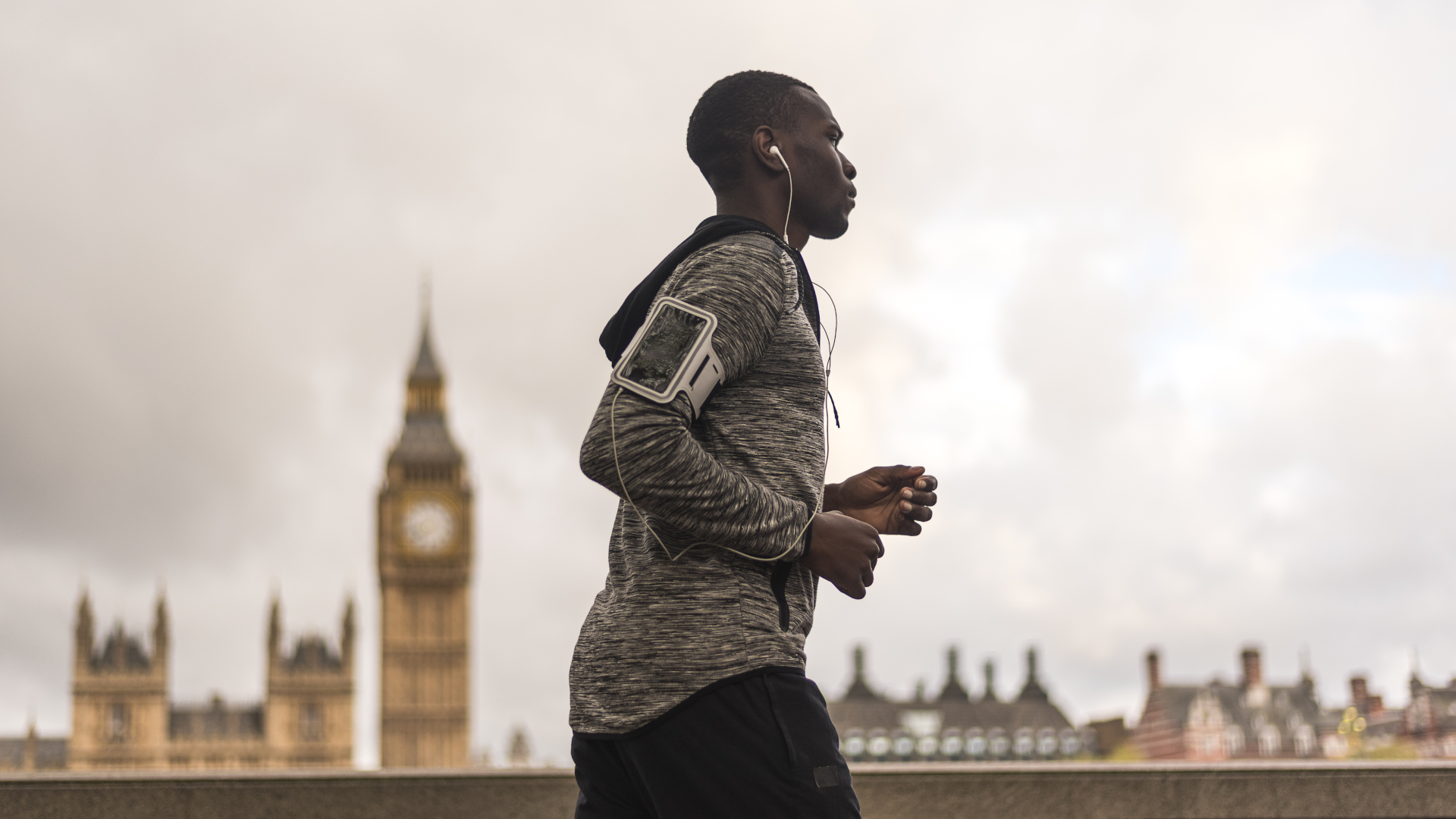
Capitalizing on your time on the trail means maintaining a good balance of training and recovery, but it’s important to make sure you’re recovering with nutrition as well as rest. As an active runner with a busy lifestyle, you might be focused on getting as many calories in your diet with as little inconvenience as possible, and while this might give you the energy boost you need when you’re halfway through your next race, it may not be the best choice for your gut health, or your recovery.
For this article, we had a chat with nutrition expert Jenny Tschiesche, also known as the Lunchbox Doctor, to find out how and where active runners tend to be lacking nutritionally, plus her top tips for those who like to hit the trail regularly.
“I think it’s really easy to go for the grab and go options because they’re convenient and the easier thing to pick up, but they’re not always the most nutritionally balanced,” reflects Tschiesche, adding that educating yourself nutritionally might take a little more time than tearing open a running gel, but will ultimately give you more satisfaction on the trail.
“The important thing is to be able to enjoy what you’ve chosen to do. If you’re out on a hike and the weather changes, or if you’ve come across a particularly difficult area when you’re trail running, you want to be able to get through it, but equally, you want to be able to recover afterwards really efficiently.”
To attain that goal, Tschiesche serves up seven key areas for you to focus on, to get the most out of your training and recovery time.
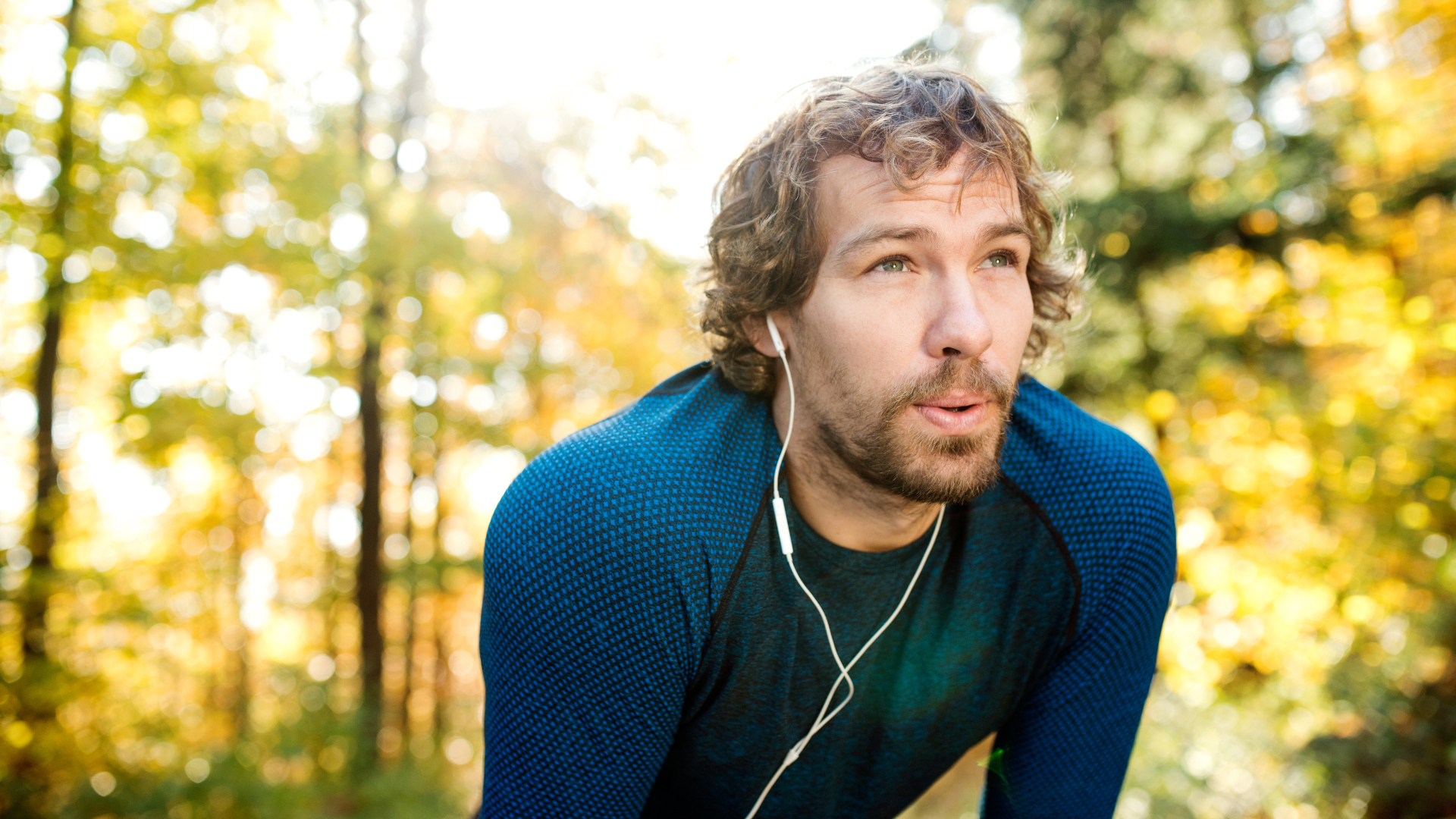
1. Rethink the grab and go options
Grab and go options – running gels, power bars and protein shakes – provide you with a big energy spike when you’re on the trail, thanks to a giant dose of carbohydrates in the form of simple sugars. While some athletes seem to thrive on this, the high volume of carbs in the form of simple sugars can pose some real problems for athletes, according to Tschiesche.
“Gut health has become a really pertinent issue in the last five or 10 years, and that intensity of carbs is a lot of the body to deal with, digestively. Sugar didn’t even come into our diets as human beings until from an evolutionary perspective quite recently.
All the latest inspiration, tips and guides to help you plan your next Advnture!
“The quick fixes have their place, but they don’t suit everyone and that’s really important to understand. I’ve worked with athletes at the highest level and for some people they’re magic, they’re the elixir of life, and others just cannot get on with them.”
Though the promise of gels is certainly alluring to anyone want to go hard, for a long time, the resulting painful gut issues and dehydration can actually set you back, instead of propelling you forward. If you’re interested in the convenience of using gels and other high carbohydrate solutions to boost your energy while you train, Tschiesche recommends figuring out how they affect your digestive system first, before you hit the trail.
“It is absolutely individualized. You’ve got to work out whether they do or do not work for you, and the last place you want to be doing that is during a competition.”
Further, because over-reliance on gels can be the result of 'snack boredom' and convenience, rather than an actual preference for sugar pouches, she suggests trying healthier – but equally convenient – replacements, such as fruit puree or even bringing a frozen fruit smoothie in a Ziploc bag and sipping it a little at a time as it thaws to replenish your glycogen stores.
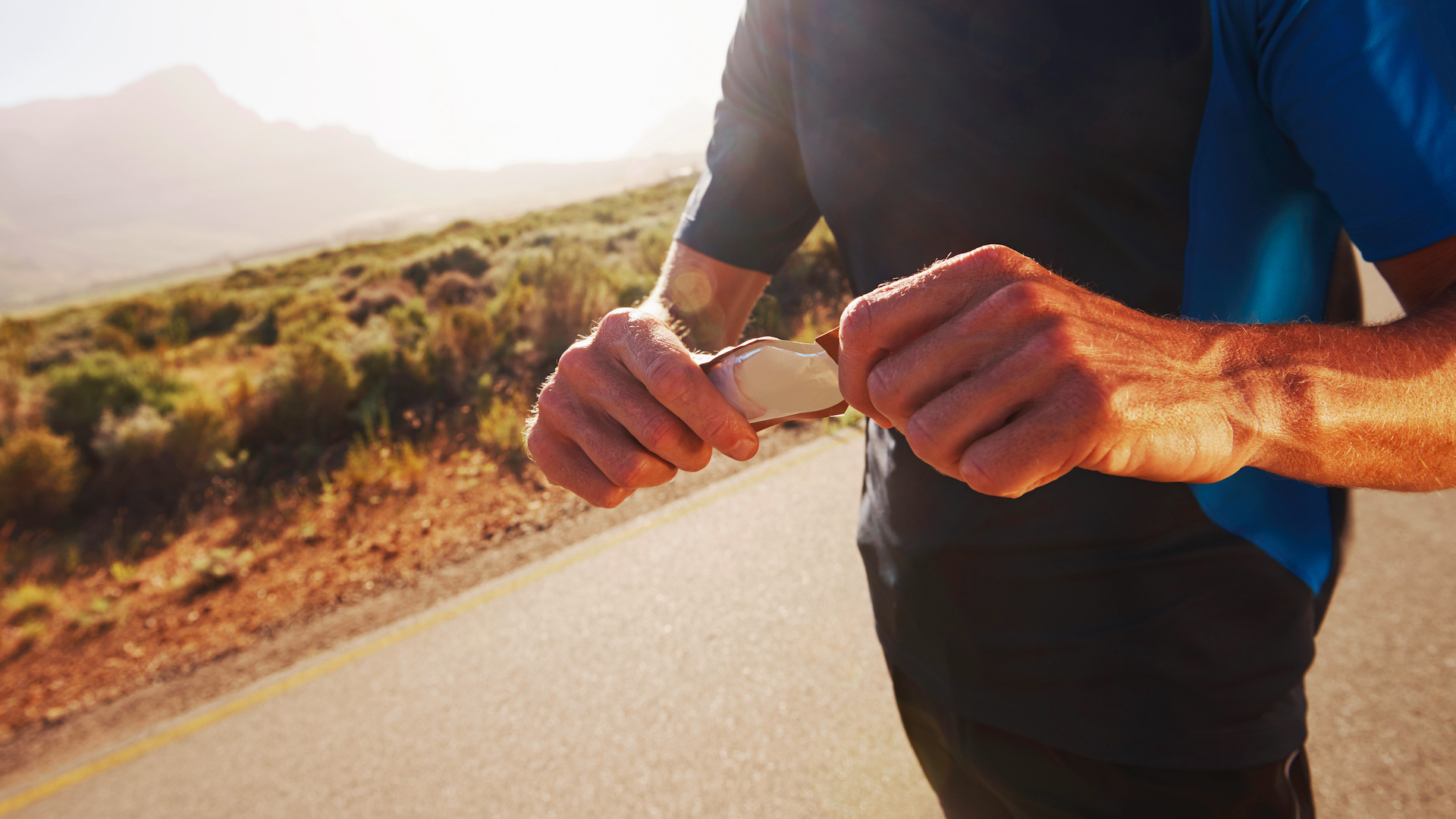
2. Get your fat from omega-3s
First off, because your body requires fat for energy, you need it in your diet, but Tschiesche warns that you also want to make sure you focus on the right types of fat, and that means more omega-3 fatty acids.
“As a nation, we tend not to consume enough essential fats. We don’t eat enough oily fish and other sources, and we also consume too many foods made with things like vegetable oil, which are omega-6.”
While both types of fats have an important role to play in your health, researchers believe that the ratio between the two is more important,. Relying mostly on omega-6 fats can actually increase inflammation, according to Healthline, and that’s already an issue for athletes, says Tschiesche.
“Anyone that is exercising for long periods of time will be in a proinflammatory state, so I highly recommend eating oily fish twice a week,” cautions Tschiesche. For the best sources, she uses the acronym SMASH: salmon, mackerel, anchovies, sardines, herring. These can be tinned or fresh, and if you’re looking for plant-based alternatives, she suggests starting with algal oil.
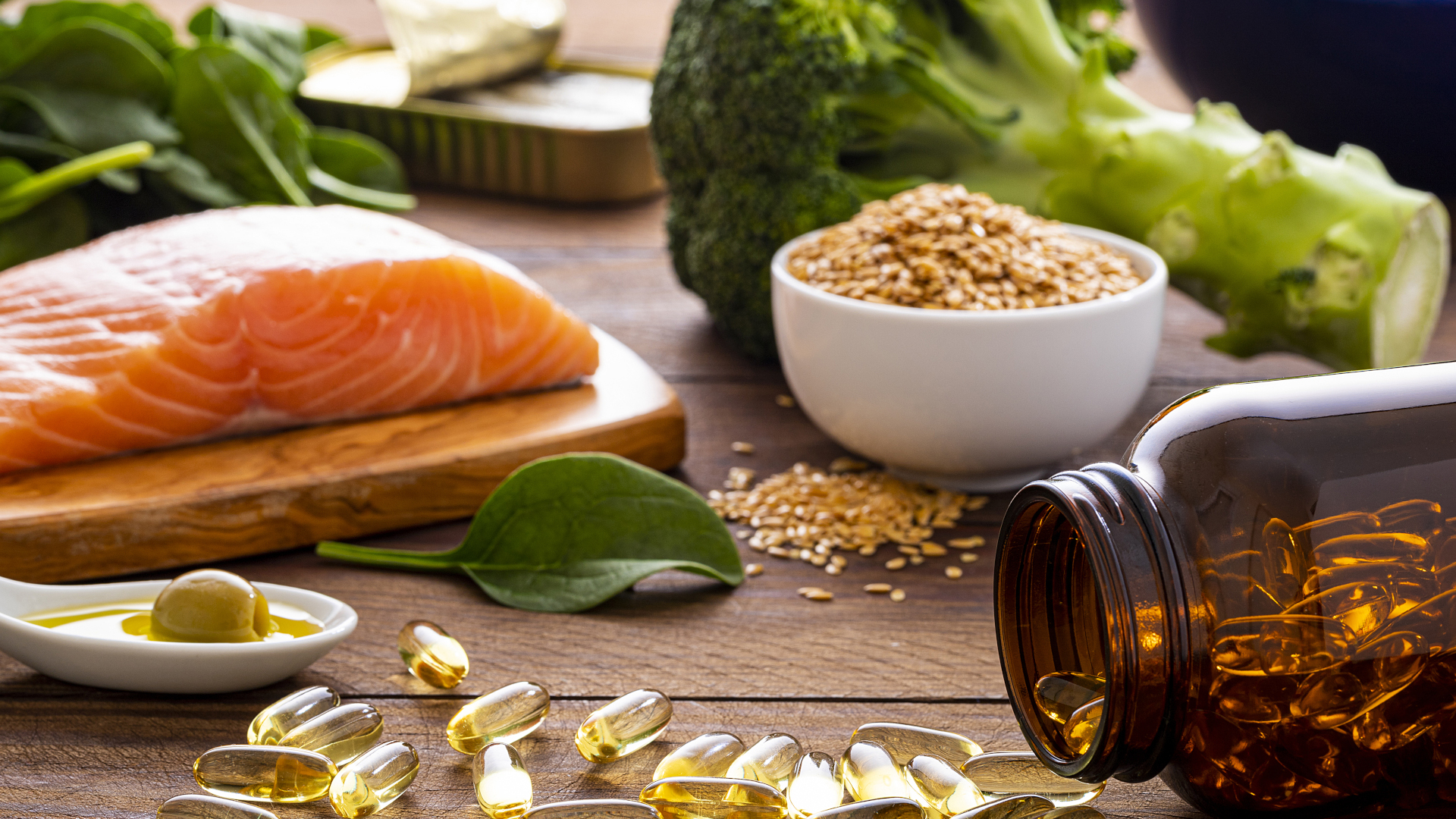
2. Increase your exposure to sunlight
If you’re out on the trails nonstop, you probably wisely keep your skin covered with long sleeves and sunscreen. However, while this protects you from harmful UV rays that can cause melanoma, it also prevents you from absorbing enough vitamin D, which Tschiesche warns is important for keeping your muscles and bones healthy. Though she doesn’t recommend ditching the sunscreen entirely and hitting the sun bed, she offers a simple solution:
“Have your legs and arms exposed for 30 minutes when the sun is high enough in the sky that your shadow is shorter than you are tall.”
If your shadow is shorter than you are tall, the sun is at the right angle for you to absorb vitamin D. Though this will often be in the middle of the day, you don't have to start training then – just make sure you’re doing something outdoors at that time, and wearing your best trail running shorts while you're doing it.
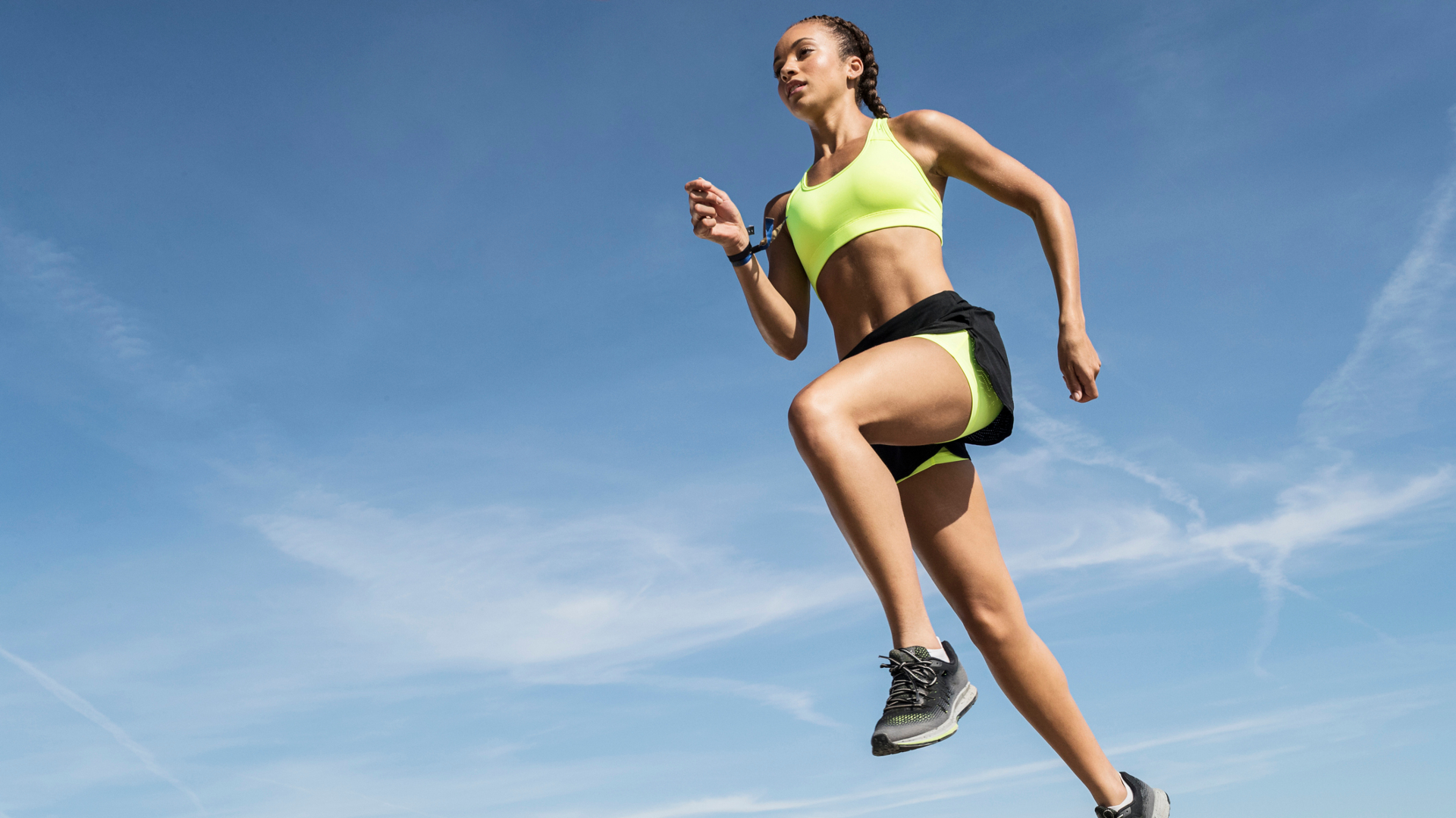
4. Eat a rainbow
No, not Skittles. As an athlete, you might be great about eating vegetables with lunch and dinner every day – meaning you eat tons of broccoli. Broccoli is great, but Tschiesche explains that mixing things up is key; instead of eating the same one, two, or three vegetables every time, start experimenting with variety, and not just because it’s more exciting for your palate.
“People tend to fall into a trap of eating the same sorts of veggies all the time, but different colors provide us with different nutrients.”
In addition to green vegetables like broccoli, kale and spinach, make sure you’re getting carrots, tomatoes, beetroots, different colored peppers, purple cauliflower, and yellow squashes that all have different pigments providing different nutrients.
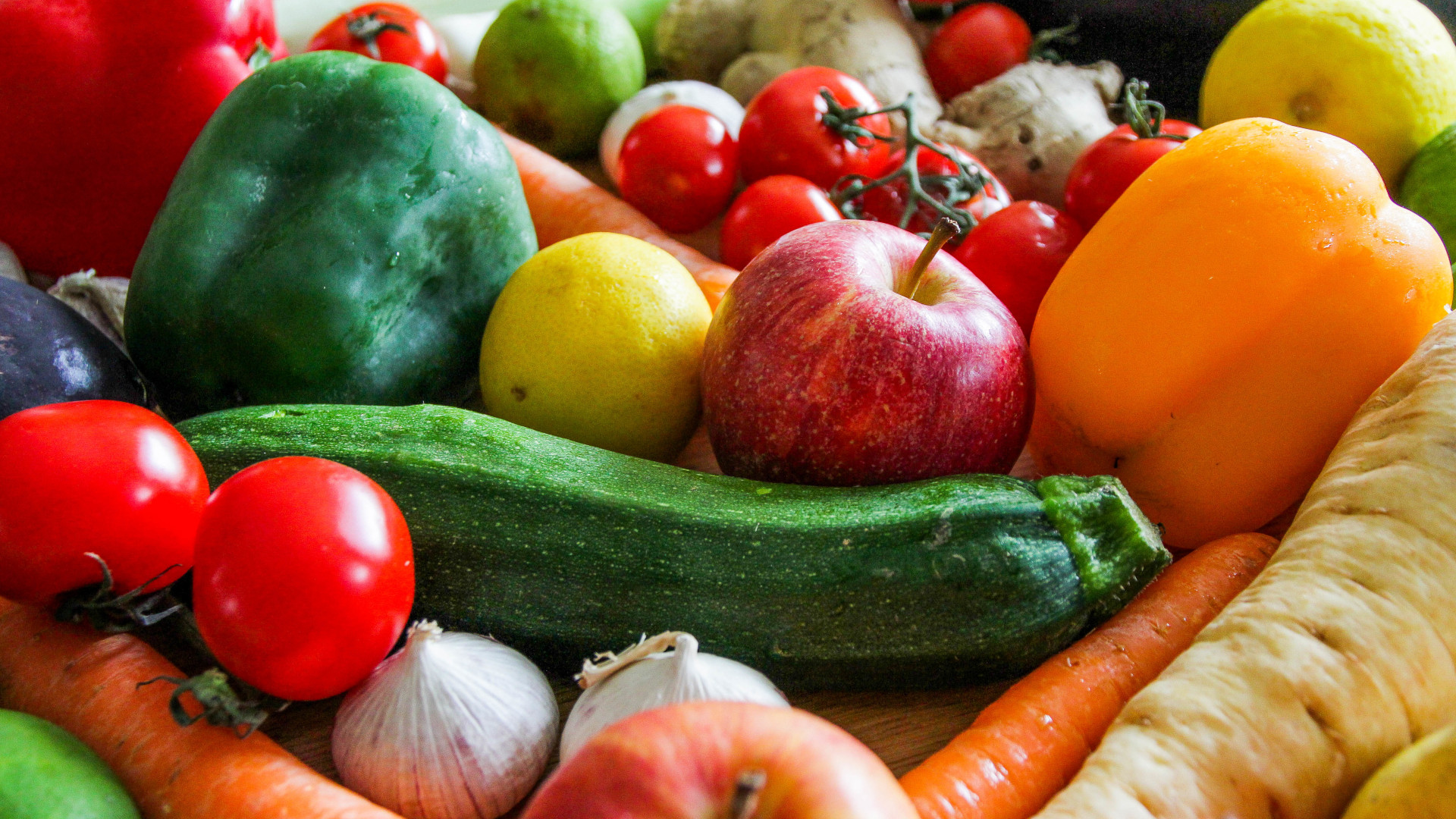
5. Get enough vitamin C
Exercise is key to a long, healthy life, but stressing your cardiovascular system also induces oxidative stress and generates more free radicals. According to an article in the journal Oncotarget, this is the starting point for several diseases, and plays a role in the development of degeneration and disorders such as arthritis, autoimmune disorders and cancer.
The answer, according to Tschiesche, lies partly in getting more antioxidants in your diet, which she describes as being “like Pacman” in consuming free radicals. A major source of antioxidants is good old fashioned vitamin C, which you can get from most fresh vegetables and fruits, particularly citrus fruits, kiwi and berries.
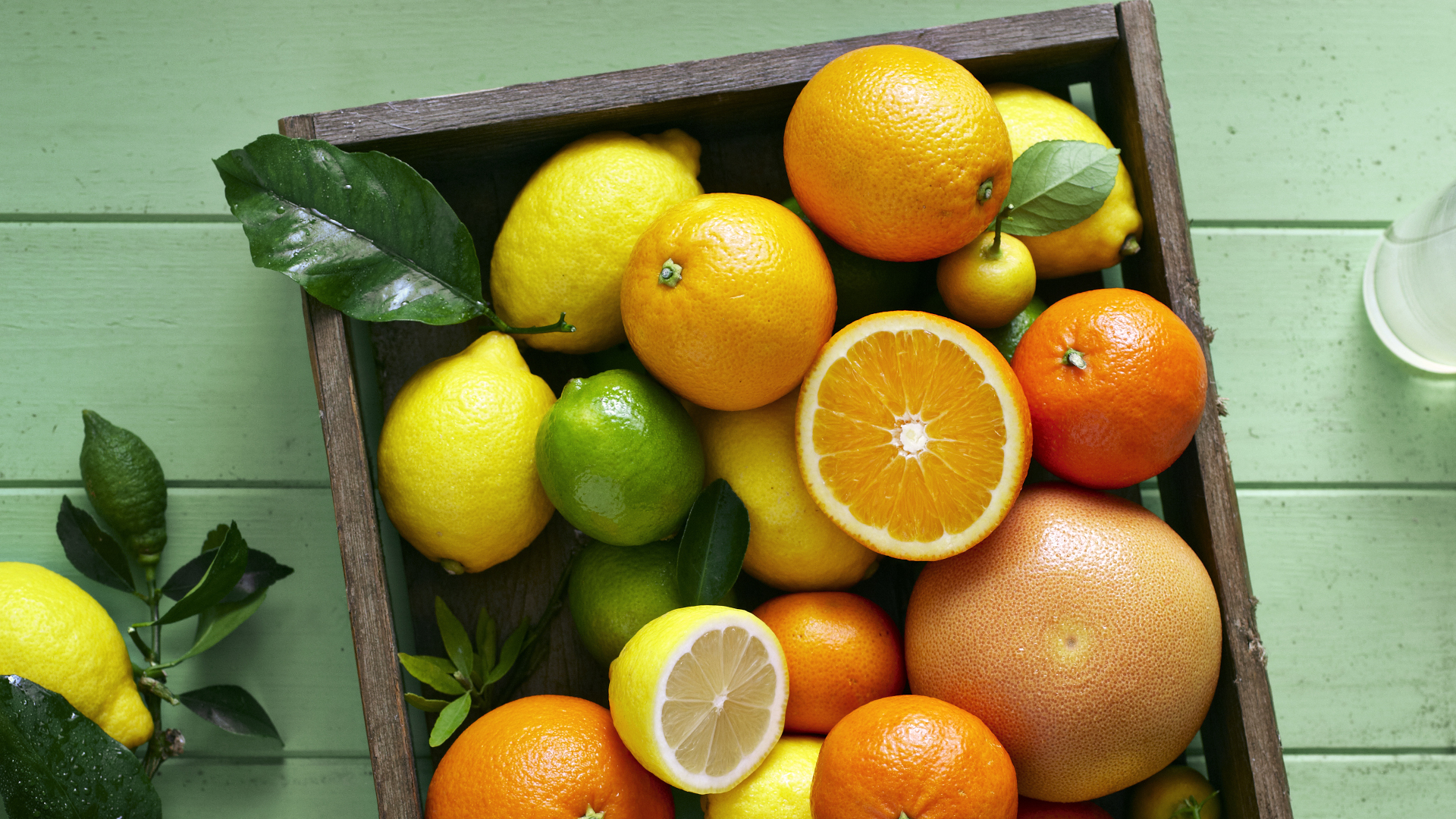
6. Take turmeric
You might be wondering about that proinflammatory state that Tschiesche mentions as a common side effect of exercising a lot, and wondering what you can do to offset it that doesn’t involve cutting down on time in your best trail running shoes. Tschiesche recommends you take turmeric with black pepper. Black pepper helps to activate the anti-inflammatory compound in turmeric, called curcumin, and you can take the two together as a supplement, or cook with them if you like a bit of spice in your meals.
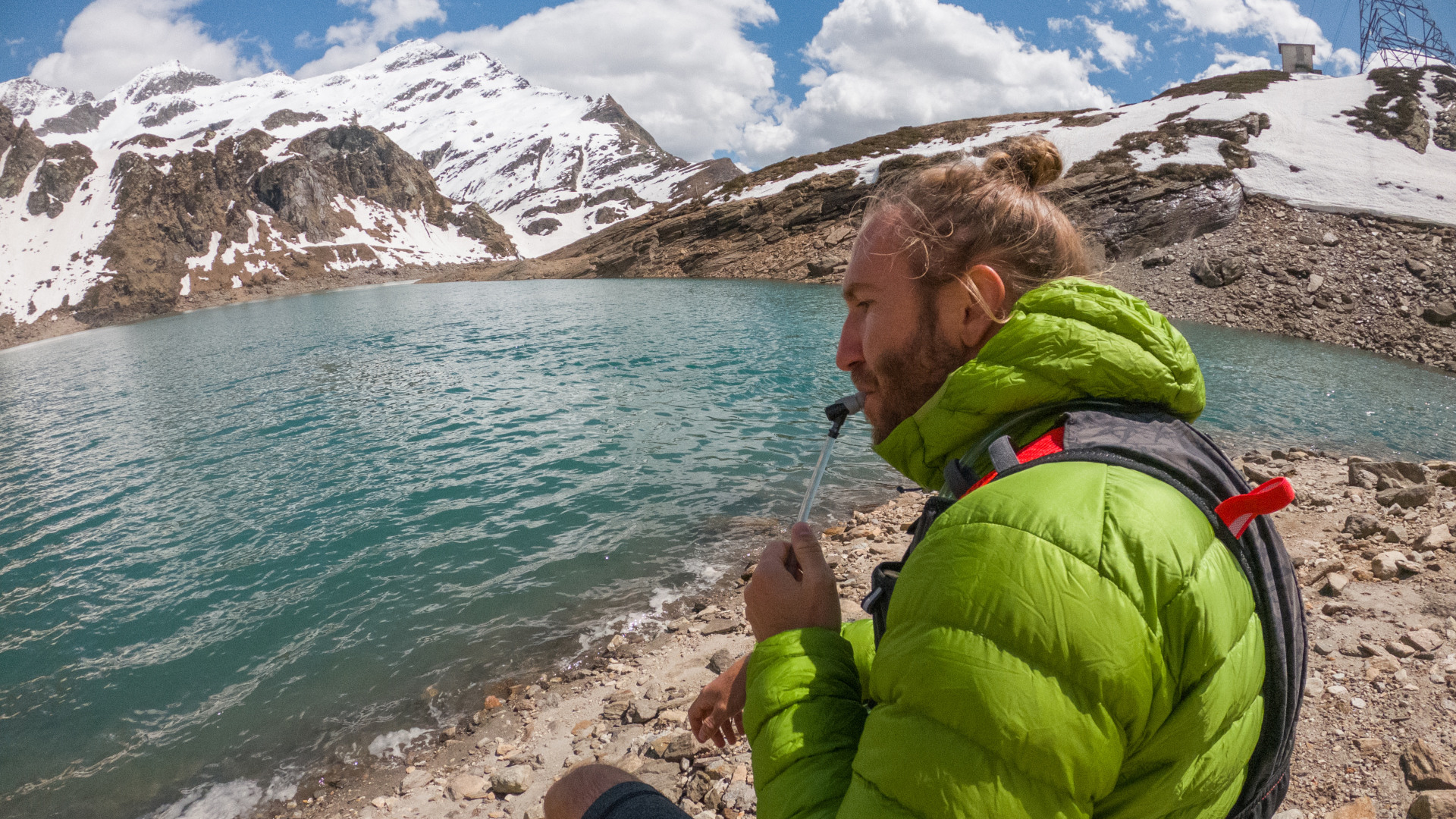
7. Hydrate properly
Finally, Tschiesche reminds you that staying properly hydrated is key for your body’s functioning as well as your performance on the trail, so you'll always want to fill up your water bottle or hydration bladder before setting off. Rather than specify a set number of glasses of water to drink each day, she advises paying attention to the color of your urine to ensure you’re drinking enough liquids.
“It’s really important to make sure that you consume enough liquid to make sure that your urine is straw colored or lighter –not clear because that means you’re overhydrated.”
With so much emphasis these days on hydration, it’s easy to forget that you can also drink too much water, which can affect your thinking and lead to cramps, muscle weakness and nausea. That said, if you’re running in hot weather, you definitely want to plan for dehydration and try Tschiesche’s easy recipe for replacing lost electrolytes:
- 1 liter of water
- 200ml concentrated orange juice
- 1 pinch salt
Nutriburst, the sugar-free and vegan vitamin gummies brand, are working together with nutritionist Jenny Tschiesche for Men's Health Week. Learn more about Tschiesche at lunchboxdoctor.com.
Julia Clarke is a staff writer for Advnture.com and the author of the book Restorative Yoga for Beginners. She loves to explore mountains on foot, bike, skis and belay and then recover on the the yoga mat. Julia graduated with a degree in journalism in 2004 and spent eight years working as a radio presenter in Kansas City, Vermont, Boston and New York City before discovering the joys of the Rocky Mountains. She then detoured west to Colorado and enjoyed 11 years teaching yoga in Vail before returning to her hometown of Glasgow, Scotland in 2020 to focus on family and writing.

